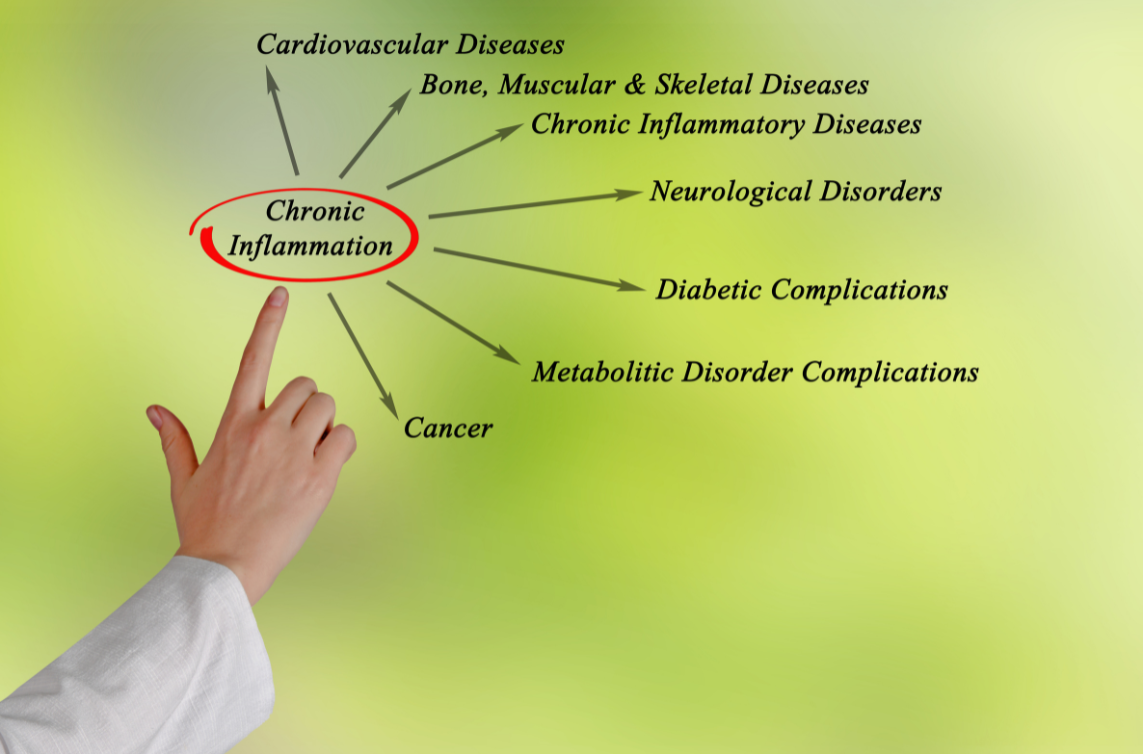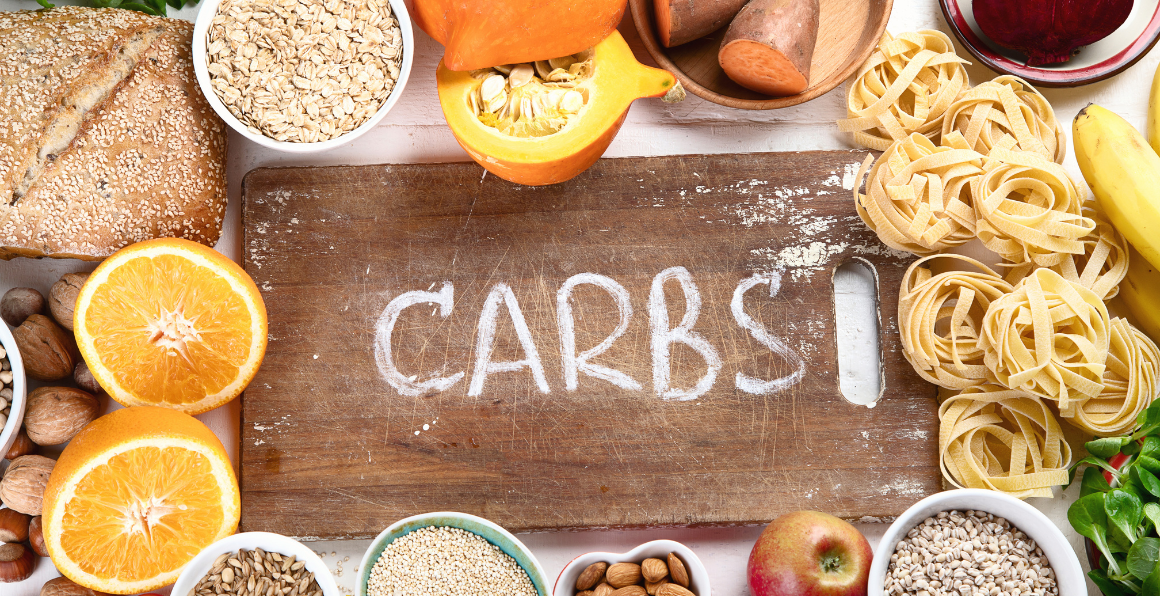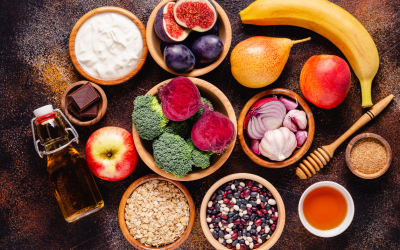There is a connection between diabetes and inflammation and it’s hidden.
What does inflammation have to do with diabetes?
Diabetes and many chronic health problems are a condition of inflammation, but the scary part is that the inflammation is hidden, as Dr Mark Hyman describes it. This hidden inflammation can start way before you know you have diabetes. You feel no pain until it has caused complications that sometimes are not reversible.
Inflammation leads to insulin resistance, meaning your body needs to produce more insulin to keep blood sugars normal. At the point where your body can no longer keep up, blood sugars start to run higher than normal more often. Eventually you may feel symptoms but many do not feel any different until blood sugars are in the 300s . . . 3 times the normal level.
What is Inflammation?
Inflammation is the body’s reaction to infection or injury. Classic signs of inflammation are redness, swelling and pain. Living in Minnesota the example I think of is a mosquito bite, where you feel very little pain but you get the annoying redness, swelling and itching. That’s an obvious inflammatory reaction that is temporary.
Ever had a sinus infection? If you go to the doctor you will be diagnosed with sinusitis. Any medical diagnosis that ends with “itis” means inflammation. So sinusitis simply means inflammation of the sinuses.
What Causes Inflammation in our body?
There are many things that can cause the hidden inflammation. Our environment, stress, inactivity, food allergies or sensitivities, other health conditions and . . . my reason for this article . . . our diet. Our fast-paced modern world means we are exposed to more harmful chemicals, we have more stress, we sit too much at a desk or in front of a screen, and we eat far too many processed foods.
How Can You Reduce Your Level of Inflammation?
Start De-processing your diet. That means eat less packaged foods and more whole fruits, vegetables and whole grains. It means less eating out and more cooking at home. Sounds simple but it’s not. Changing the way we eat takes time, planning and learning new ways of cooking and trying new foods.
Where do I Start?
Consider these 3 changes in your diet to start anti-inflammatory eating.
1. Start de-processing your diet.
Think about what you can do to make your meals and snack choices less processed and more fresh foods. For example, if you are eating canned soups then start making your own in larger batches and freeze small in containers for quick meals. If you buy cookies, start making homemade instead. Set a rule for how many times a week you can eat out and start cooking more meals at home. These are just a few suggestions to get you started.
2. Eat more anti-inflammatory foods.
Your best source is fish such as salmon or tuna or other foods high in omega-3 such as flax meal. Click here to check out my article on canned fish meal ideas to get your omega-3. Other anti-inflammatory foods include whole grains, fresh fruits and veggies, and nuts.
3. Eat more fiber.
Again, whole grains, fruits, veggies and nuts are your best choices. Instead of cold cereal, pasta or instant rice, try some less processed grains such as steel cut oats, barley, or brown rice.
Try this mushroom barley recipe or this overnight oat cups recipe.
Don’t forget to also drink more water as you increase fiber to keep things moving and avoid stomach discomfort!
To get help setting up your personalized meal plan for fighting inflammation and diabetes contact me and we can talk about options.







0 Comments